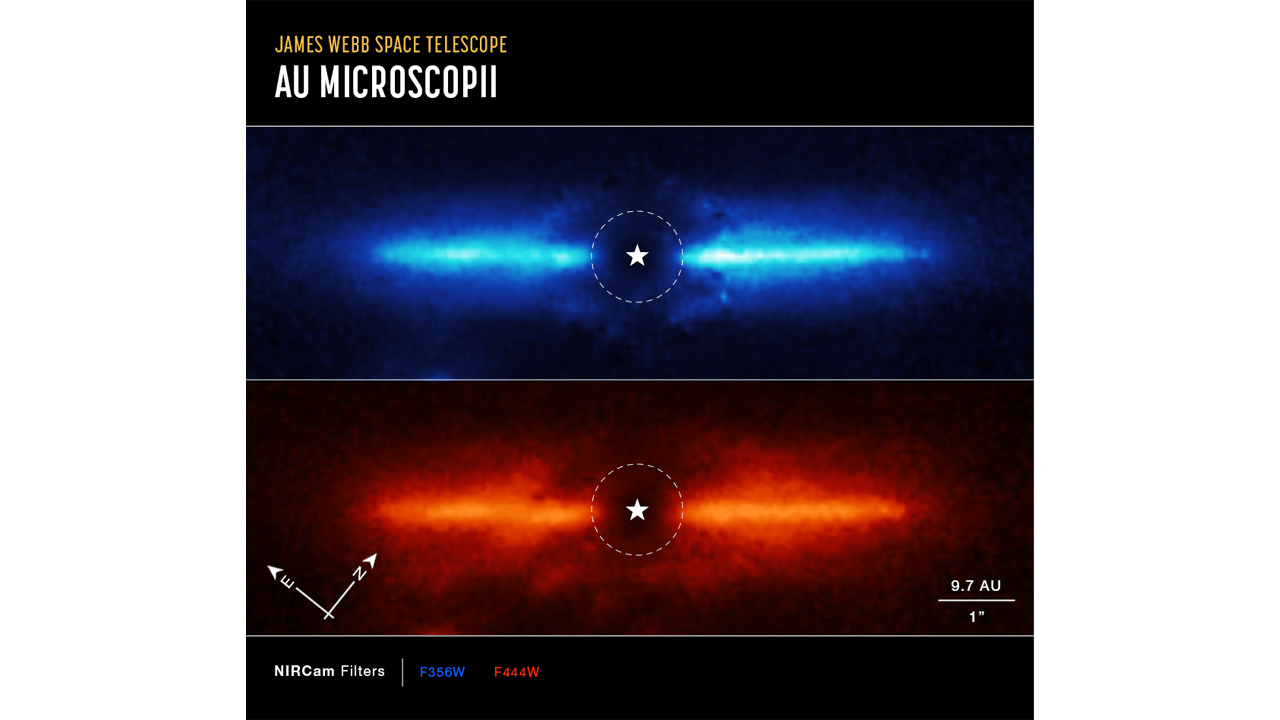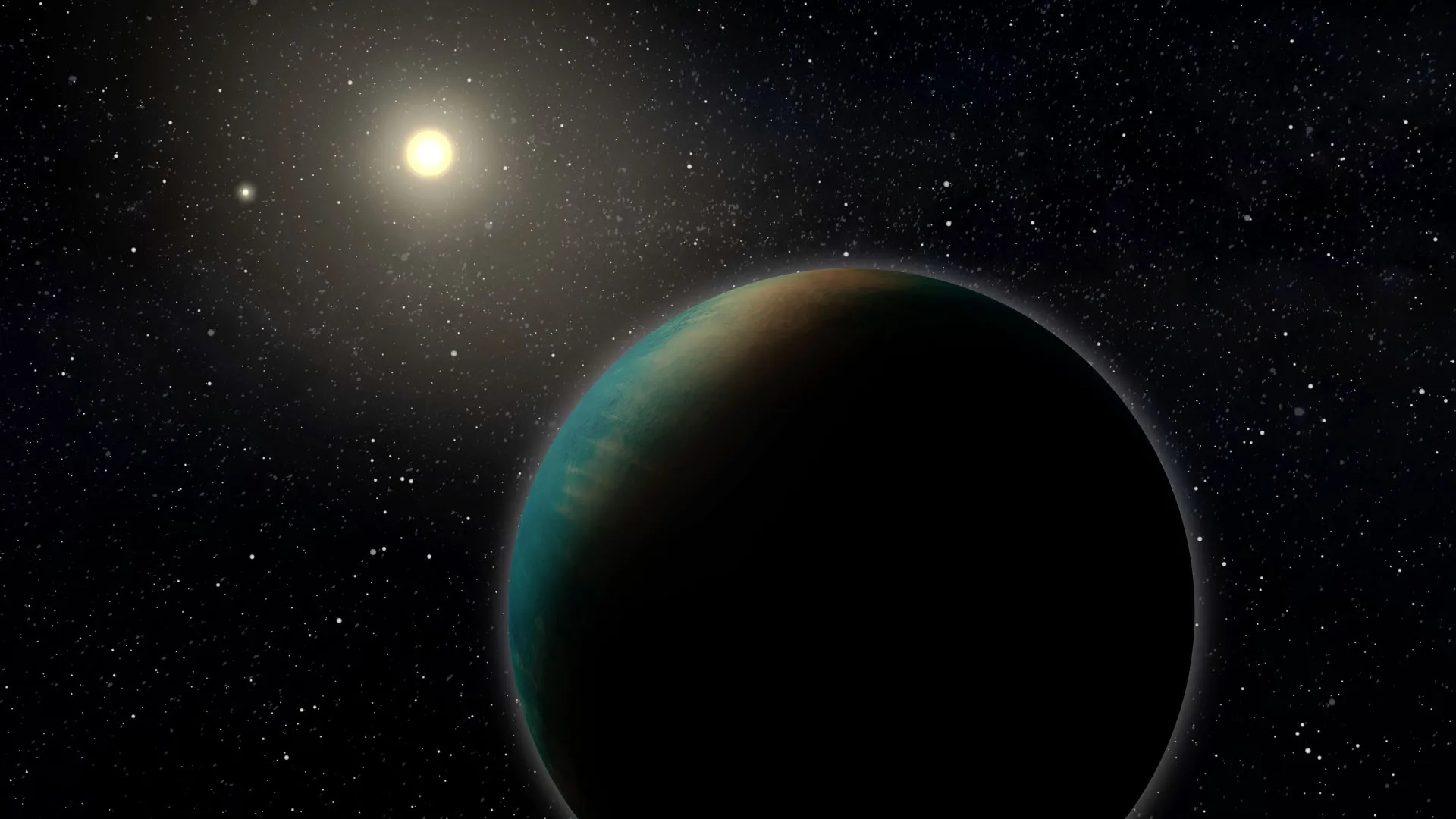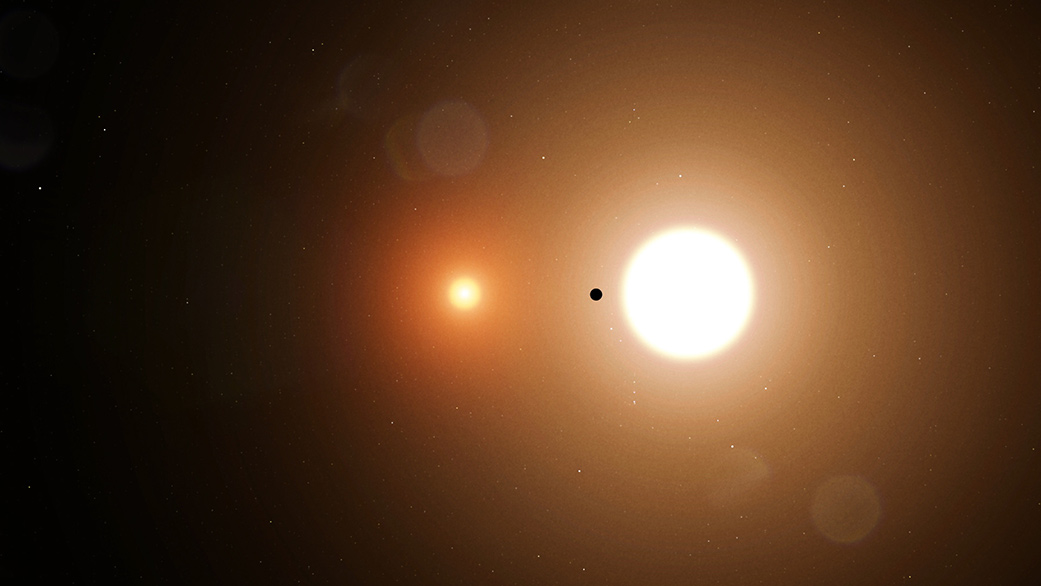In 1992, humanity’s effort to understand the Universe took a significant step forward. That’s when astronomers discovered the first exoplanets. They’re named Poltergeist (Noisy Ghost) and Phobetor (Frightener), and they orbit a pulsar about 2300 light-years away.
Even though we thought there must be other planets around other stars, and entire science fiction franchises were built on the idea, we didn’t know for sure and couldn’t just assume it to be true. A quick glance at human history shows how wrong our assumptions about nature can be.
Continue reading “This Exoplanet Orbits Around its Star’s Poles”









